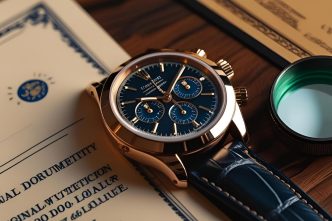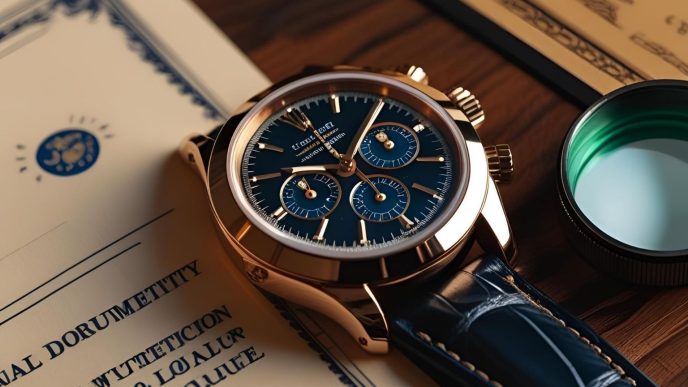Timekeeping has always been a fundamental need for humanity. From agriculture to trade, religious rituals to scientific exploration, knowing the time accurately meant maintaining order. Over the centuries, the technology to measure time evolved dramatically—from nature-based tools to ultra-precise atomic systems. Here is the fascinating journey from sandglass to atomic clock.
Ancient Tools: Shadow, Water, and Sand
The earliest timekeeping methods relied on nature. Ancient Egyptians and Babylonians used sundials to track shadows cast by the sun. However, these only worked during daylight. Water clocks (clepsydras) and sandglasses offered more consistent and controllable timekeeping.
Sandglasses, though simple, became widespread in navigation and religious practices due to their reliability. They operated on the principle of consistent flow, which made them valuable for centuries.
Mechanical Clocks Revolutionize Time
In the Middle Ages, mechanical clocks revolutionized timekeeping. Placed in cathedrals and public towers, they used weights, gears, and escapements to keep time steadily. By the 14th century, the technology became compact enough for home and personal use.
Clock towers with bells began to structure daily life, symbolizing both technological progress and social coordination.
Quartz and the Electronic Leap
The 20th century introduced quartz crystal watches, which offered unprecedented precision. These watches use the vibration of a quartz crystal under an electric field to keep time accurately down to microseconds.
Quartz technology sparked a revolution in wristwatches during the 1970s, making timepieces affordable, portable, and highly reliable—qualities we still rely on today.
Atomic Clocks: The Ultimate Precision
The pinnacle of timekeeping is the atomic clock. These devices measure time based on the vibrations of atoms, such as cesium or rubidium, offering accuracy to within a billionth of a second.
Modern systems like GPS, the internet, and global time standards (UTC) depend on atomic clocks. They represent humanity’s closest synchronization with the very fabric of time itself.















